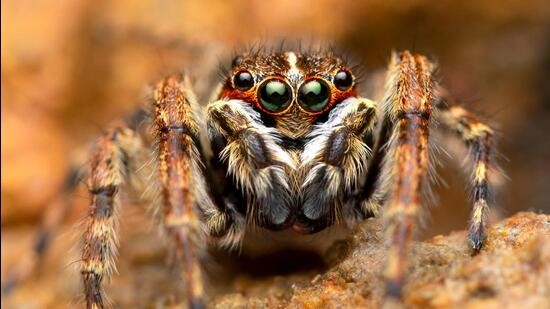Free Courses Sale ends Soon, Get It Now


Free Courses Sale ends Soon, Get It Now


 Disclaimer: Copyright infringement not intended.
Disclaimer: Copyright infringement not intended.
Context
Other Details
Jumping Spiders
Features
Hasarius Mumbai Spider
Habitat
Indian Context
Hasarius species
Jumping spiders
Significance of Discovery
Must Read Article:
https://www.iasgyan.in/daily-current-affairs/spider-species
|
PRACTICE QUESTION Consider the following statements about Jumping Spiders: 1. They belong to the Salticidae family, a largest family of spiders. 2. In India, these are sighted in Maharashtra state alone. Which of the statements given above is/are correct? A. 1 only B. 2 only C. Both 1 and 2 D. Neither 1 nor 2 Answer: (D) |
© 2024 iasgyan. All right reserved